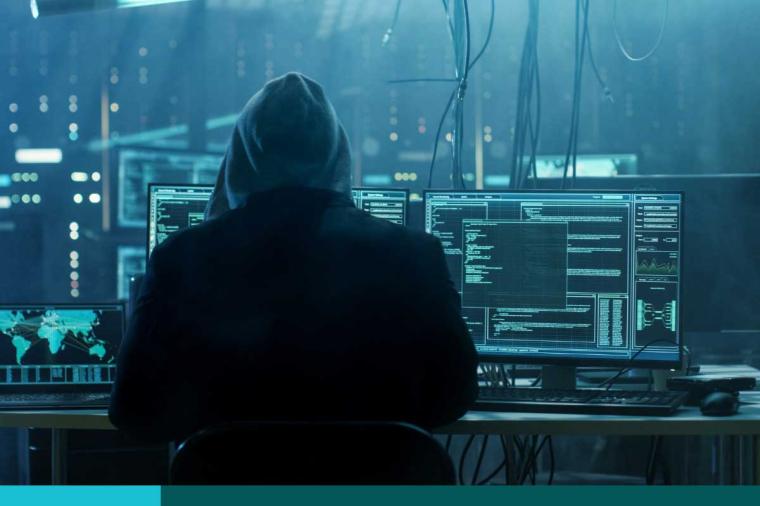Federal Government, Market Intelligence, Technology
At a recent Armed Forces Communications & Electronics Association (AFCEA) DC luncheon, Defense Information Systems Agency (DISA) Director Lt. Gen. Robert J. Skinner highlighted three key priorities for the fiscal year 2023: posture, position and partnerships. These priorities reflect the agency's ongoing efforts to meet the changing threats of today and secure the future of its information systems.
Cybersecurity, Market Intelligence, State & Local Government
2022 was a noteworthy year for the technology sector, particularly as it relates to cybersecurity. The post-pandemic era of modernization exposed the fragility of U.S. public sector technology infrastructure and systems, widening attack surfaces and posing additional challenges for state, local and education leaders. We have witnessed the whole gamut of continually evolving security threats, ranging from election security breaches, nation-state actors, threats to critical infrastructure, ransomware attacks, hacktivism and more.
Cloud Computing, Cybersecurity, Education, Federal Government, IT Infrastructure, State & Local Government, Technology
The Cybersecurity and Infrastructure Security Agency (CISA) has seen increased malicious activity with ransomware attacks against K 12 educational institutions. Malicious cyber actors target school computer systems, slowing access, and rendering the systems inaccessible to essential functions, including remote learning. In some instances, ransomware actors stole and threatened to leak confidential student data unless institutions paid a ransom.
Ransomware attacks on US government organizations cost $18.9bn in 2020.
Data and Analytics, Federal Government, Market Intelligence, Technology
The Department of Defense Intelligence Information System (DoDIIS) conference took place in San Antonio, Texas from December 12-15. Its annual gathering of industry and government personnel invites networking, exhibitors and speakers to take on the top IT challenges currently facing the Department of Defense (DOD). Principal Deputy Director of National Intelligence, Dr. Stacy Dixon, spoke to the audience at large regarding data, its challenges, and opportunities within the intelligence community (IC).
Cloud Computing, Cybersecurity, Federal Government, State & Local Government, Technology, Tips and How-Tos
TD Synnex Public Sector’s Chief Cybersecurity Technologist, Don Maclean sat down with Mark Guntrip, Senior Director of Security Strategy at Menlo Security, to discuss one of the latest emergent security threats.
Market Intelligence, State & Local Government
2022 is ending, and it is time for U.S. public sector leaders to reflect on lessons learned while planning for the upcoming state and local government fiscal year-end. This year’s NASCIO Annual Conference highlighted the post-pandemic technology trends and challenges that are defining 2023 policy agendas and the future of technology acquisitions. The conference referenced the State Chief Information Officer Survey which assessed state CIOs’ thoughts on a wide array of topics that affect their roles as public sector technology and business leaders in today’s modern world.





